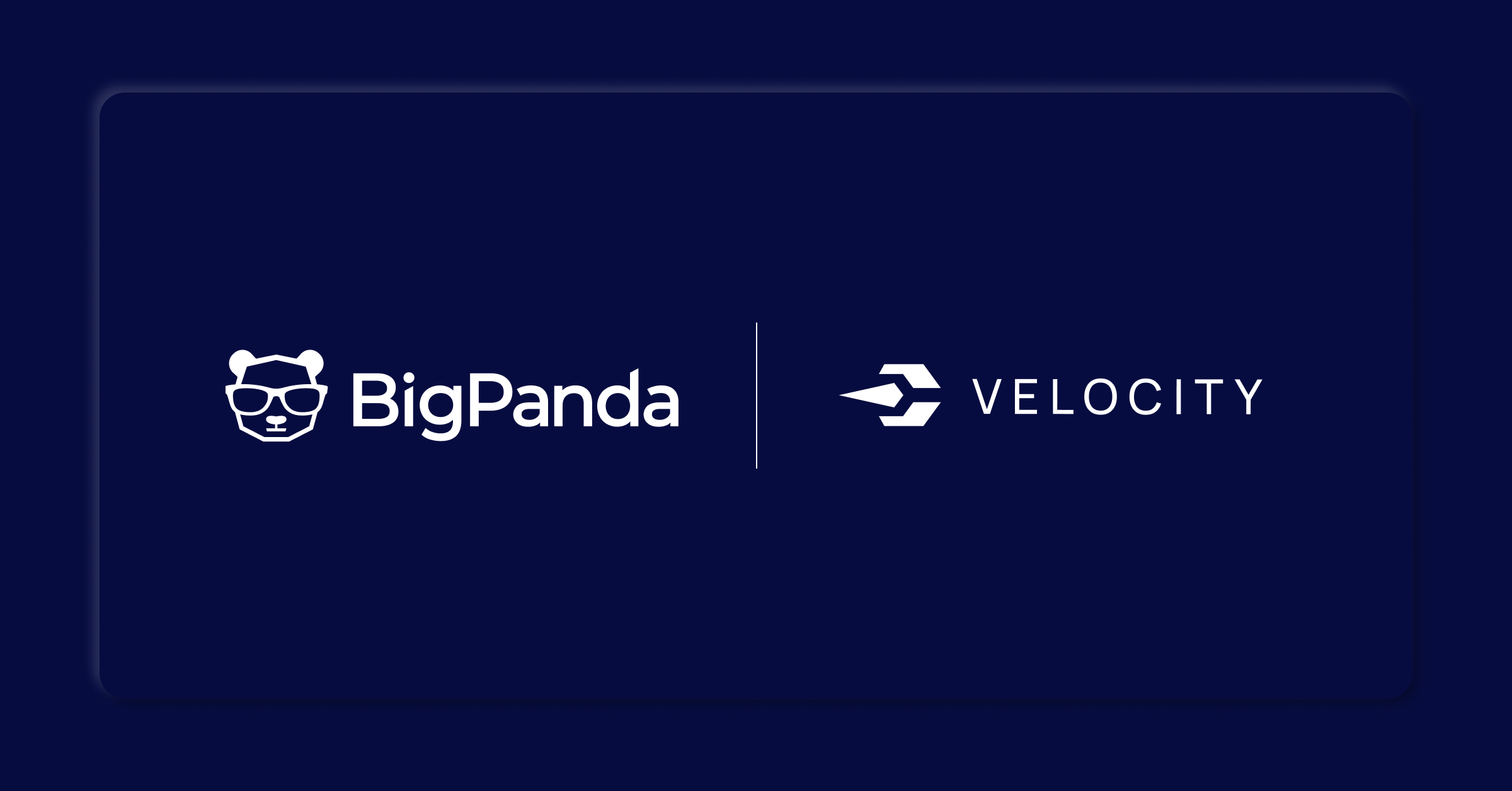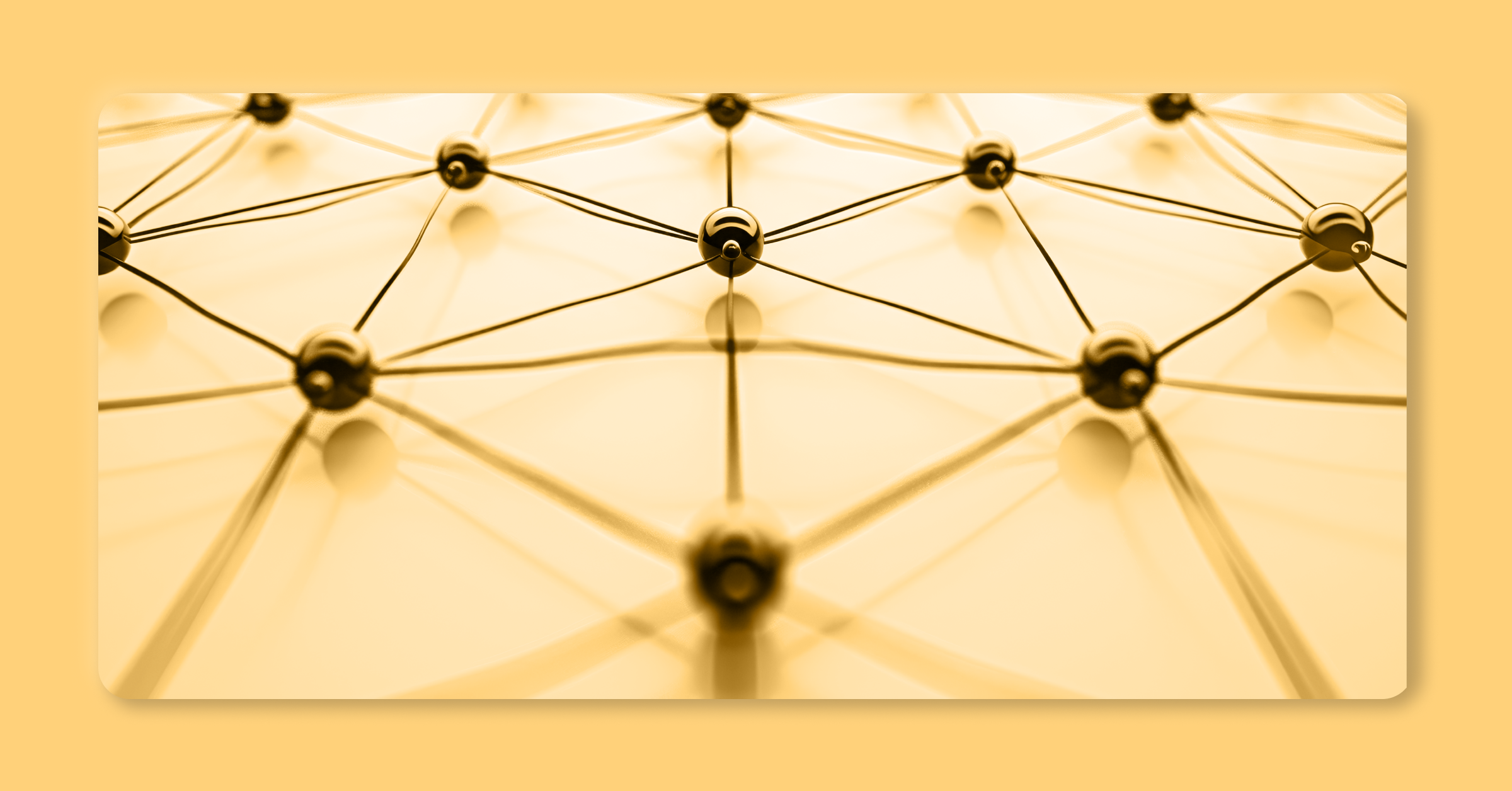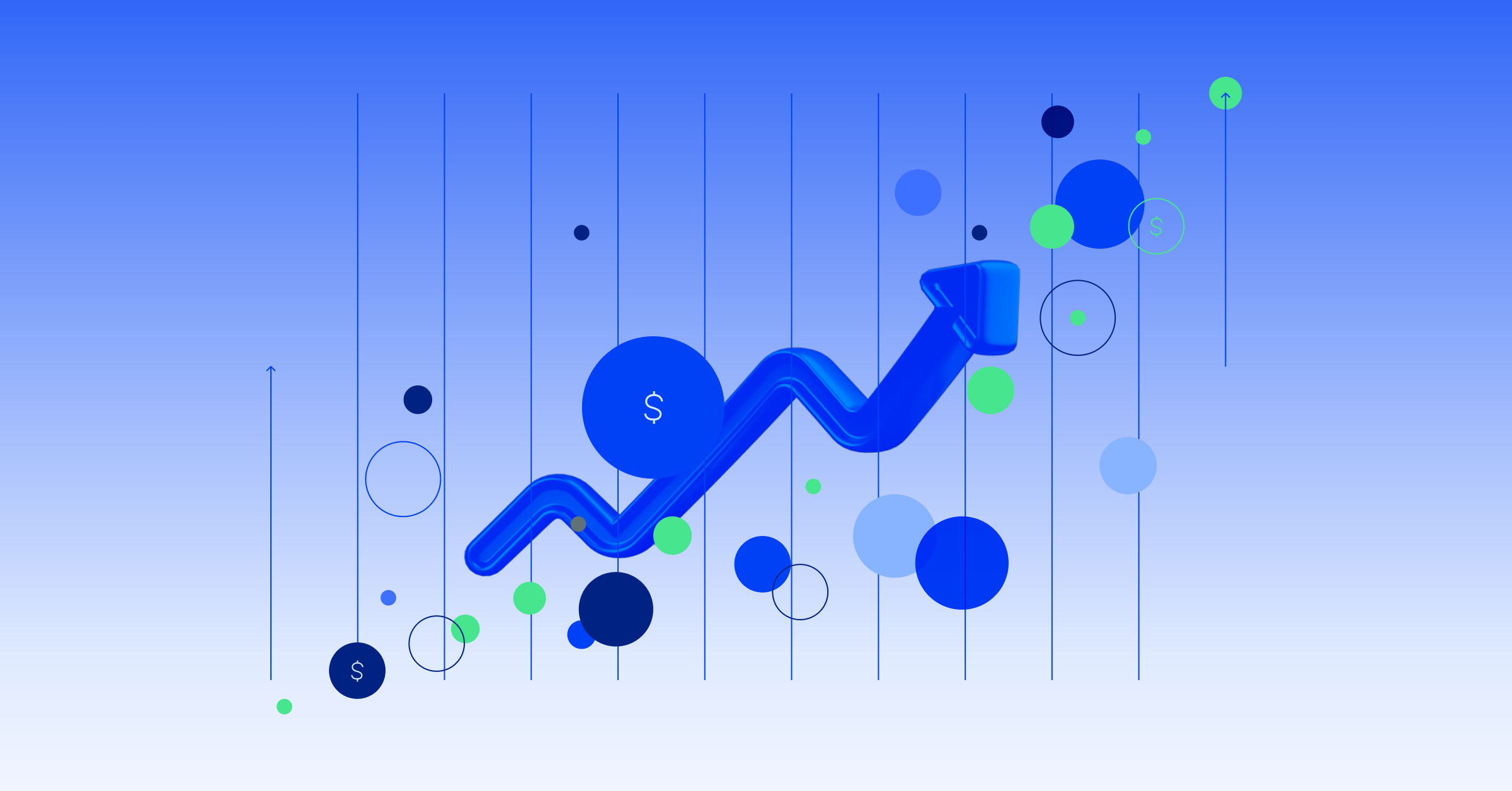1
Prioritizing observability strategy
Change is the only constant in the IT landscape. These changes might involve adding new observability tools, retiring existing monitoring systems, establishing new business units, or integrating IT systems from acquisitions. Managing these changes can challenge even expert ITOps teams.
Organizing your monitoring setup can seem overwhelming, especially with issues like monitoring gaps, observability redundancy, complex toolsets, or significant technical debt. If this sounds familiar, know that you’re not alone. You can enhance monitoring performance and end-user experience without massive digital transformation.
Learn more in the e-book, “Enhance the value of observability and monitoring tools.”
You might consider optimizing your existing monitoring tools before adding AIOps. While it’s true that poor inputs can lead to poor outputs, the early adoption of AIOps within your observability strategy can transform even messy monitoring setups.
2
Common monitoring and observability challenges
New tools, each serving specific cases for particular areas, can lead to a cluttered monitoring stack.It’s a struggle to efficiently leverage your existing resources instead of adding to them.
Without perspective into which tools deliver real value, it’s challenging to know which to keep and which to retire. Rather than striving to achieve an ideal monitoring state, AIOps can help you improve monitoring outcomes through AI, ML, and automation.
“Don’t wait to start your AIOps journey once you are overwhelmed with alerts. Start early to get a single pane of glass to understand which monitoring tools you really need.”
Sanjay Chandra
VP of IT, Lucid Motors
3
The role of AIOps in observability strategy
While traditional monitoring tools require manual configuration and frequent updates, AIOps automates these processes, delivering precise and timely insights. This proactive approach helps reduce downtime by enhancing application and infrastructure reliability, filtering out false alerts, allowing IT teams to concentrate on critical issues. Automation can handle routine tasks like anomaly detection and root-cause analysis, reducing manual efforts.
Additionally, AIOps integrates with existing monitoring tools to provide a unified view of your IT stack. This “single pane of glass” approach simplifies monitoring and ensures efficient use of tools and data. Continuous learning and adaptation improve the accuracy of AIOps, helping you iterate and refine your observability strategy.
Using AIOps as part of your observability strategy simplifies changes to data sources, monitoring tools, or managed services. These capabilities — especially critical for DevOps, SREs, and other agile teams — help reduce risk.
4
Different strategies for different stages
Getting started: Reducing fragmentation
Maybe you’re just starting your observability journey or rebuilding fragmented monitoring and observability stacks. In this case, your monitoring environment might include:
- Adequate tools siloed within domain teams
- Systems that generate many alerts and notifications for low-priority or non-actionable issues
- Extensive monitoring coverage, but with more alert noise than clarity due to lack of context and filtering
AIOps can improve reactive observability in multiple ways, including:
- Enhance monitoring visibility: Clarifying the complex web between servers and applications provides an interconnected view of your IT system. This overview helps quickly resolve incidents and strengthen system strength.
- Streamline alerts: Refining, grouping, and prioritizing alerts results in fewer, more relevant alerts and faster incident response.
- Improve efficiency with context: Placing an AIOps solution between monitoring and ticketing systems can be transformative. AI-powered actionable insights and automation help teams focus on real issues, freeing their time and streamlining the incident-handling process.
Reducing alerts and becoming proactive
As you progress, you’re likely managing a legacy stack of services while supporting modern cloud-based observability applications. Or maybe you’re integrating new infrastructure through acquisitions.
Despite initial improvements, alerts may still lack context and filtering. Aggregate and correlate cross-domain alerts and reduce noise. You’re looking to help your teams more effectively identify actionable and essential alerts to reduce noise even further.
AIOps helps your teams be more proactive. For example, they can:
- Consolidate and enrich alerts: Better, more organized information allows you to pinpoint visibility gaps and potential root causes. AI enhancement reduces alert overload, sharpens visibility, and makes incidents more actionable.
- Improve insights with context: Standard monitoring tools offer technical data but can miss the bigger operational context and incident insights. Improving alert intelligence fills this gap, providing a detailed view of your IT landscape, showing how assets connect, and highlighting customer-affecting incidents. AI-driven filtering identifies essential alerts to keep your ITOps team on track.
- Optimize monitoring resources: Clear dashboards and analytics visualizations help your ITOps team and stakeholders easily see which monitoring tools provide value and which don’t, helping you cut costs and complexity.
5
Observability best practices
Leverage AI to predict and prevent issues
One of the most potent aspects of AIOps is its predictive capabilities. Use AI and ML end-to-end to analyze historical data and identify patterns that precede incidents. Catching potential issues before they occur enables you to proactively address vulnerabilities, optimize resource allocation, and implement preemptive measures and workflows to prevent downtime and performance degradation.
Enhance incident management processes
Help your team understand the severity of an incident and its potential business impact. Automating alert correlation with AIOps allows you to identify and group related alerts, cutting through the noise and simplifying troubleshooting to identify the root cause. Contextual analysis provides valuable information like historical data and impact assessments.
Together, these features improve the efficiency of incident triage and mean time to resolution, enabling IT to quickly and effectively address issues, reduce downtime, balance workloads, and enhance overall system reliability.
Implement dynamic thresholds
Traditional monitoring relies on static thresholds, which can lead to alert fatigue or missed anomalies. AIOps supports a dynamic approach in which AI algorithms adjust thresholds based on real-time data and historical trends. This holistic approach ensures more accurate, relevant alerts to reduce noise and highlight genuine issues.
Integrate business context into observability
Correlate IT metrics with business KPIs to identify the impact of technical issues on business performance. By aligning IT operations with business objectives, you can prioritize incidents based on their business impact, address critical issues promptly, and improve the customer experience.
Foster cross-functional collaboration with AI insights
IT teams often operate in silos, with development, operations, and business units working independently. AIOps can break down these silos by providing a unified view of the IT landscape. Sharing AI-driven insights across teams fosters cross-functional collaboration. For example, ITOps and business teams can access the same data and insights, supporting a shared understanding of issues and impacts. This helps teams identify root causes more efficiently, resolve incidents faster, and continuously improve the system’s resilience and performance.
Create a feedback loop for continuous improvement
Incorporate human insights into the AIOps system to enhance its learning and accuracy. Additionally, encourage your teams to provide feedback about AI-generated insights and decisions. This iterative process ensures that the AI models evolve and improve over time, adapting to new data patterns and operational changes. The end result? A more robust and adaptive observability strategy.
6
Achieve observability strategy excellence with AIOps
It’s impossible to keep pace with today’s rapidly evolving IT and cloud environments by relying on observability alone. Using AI and automation with observability bridges the gaps to enhance visibility, refine alert intelligence, and adapt seamlessly to dynamic changes within your tech stack.
Alvin Smith, VP of Infrastructure of Global Operations at IHG Hotels & Reports, shares his perspective: “[BigPanda] can look in other areas outside of our typical monitoring. We can work with our application teams, look at some of the data that they’re leveraging, and add BigPanda’s enrichment.”




